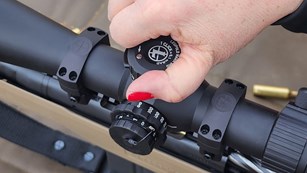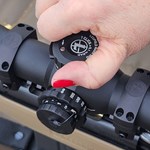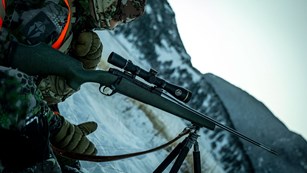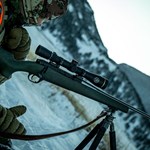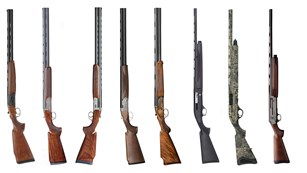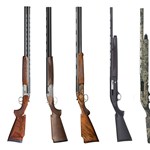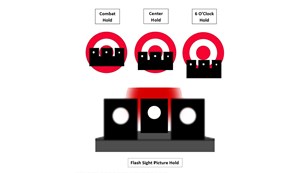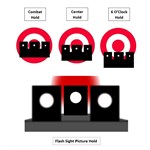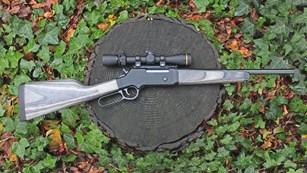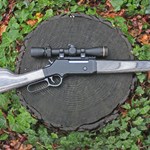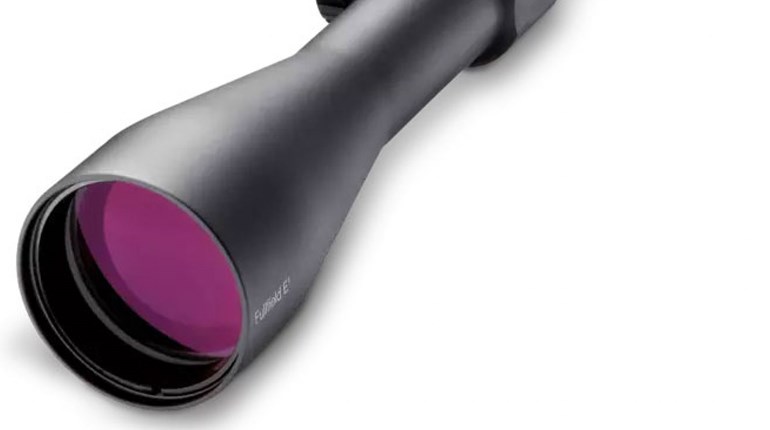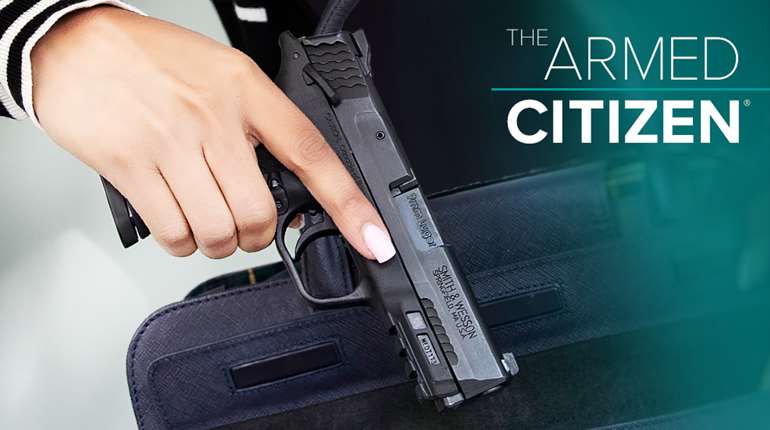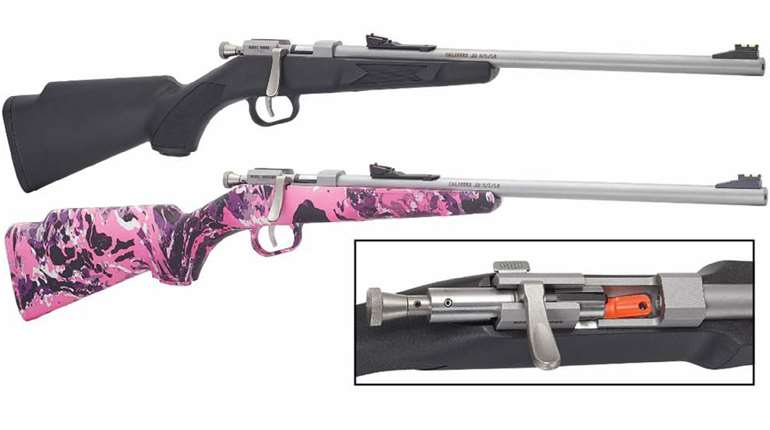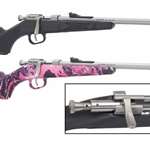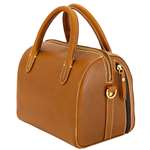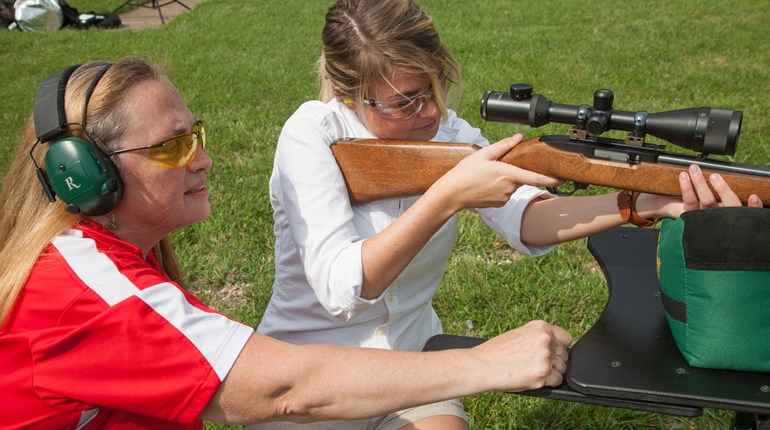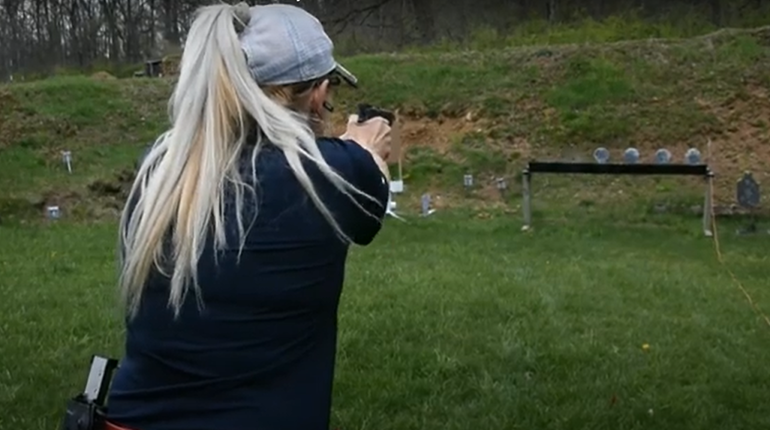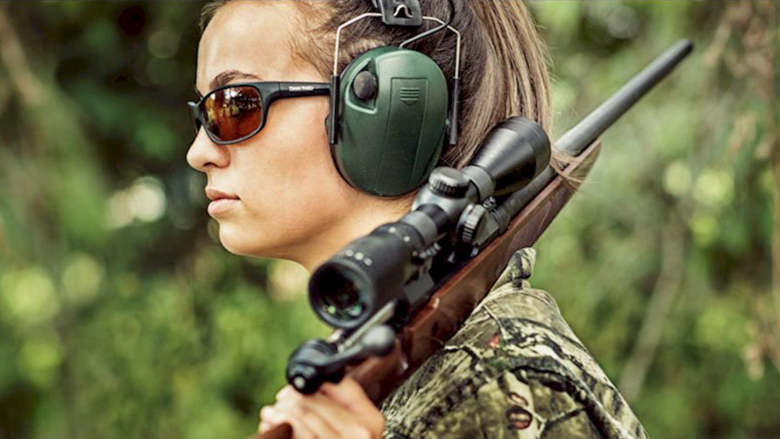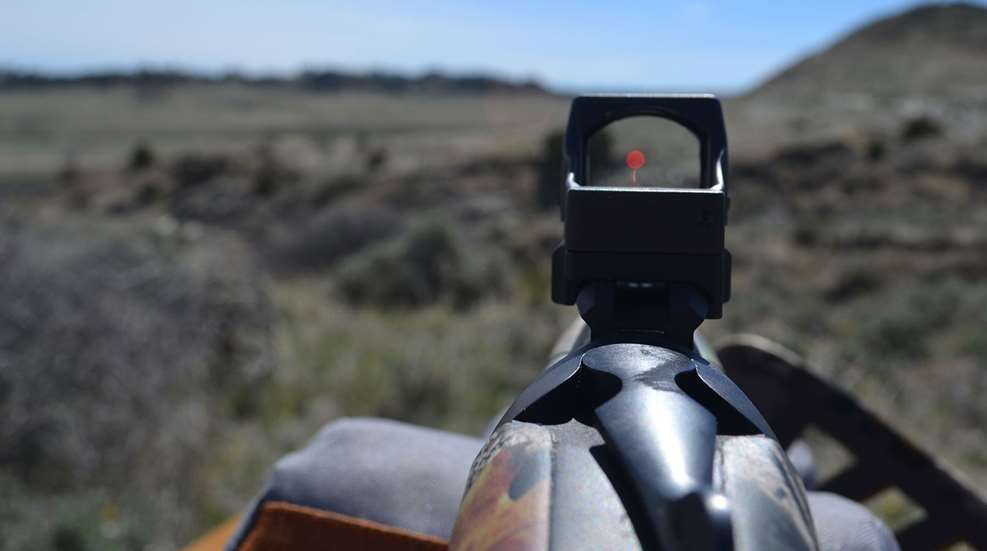
You’ve heard that red-dot optics are all the rage these days, particularly on handguns. But you’ve probably also heard them called many things, including “reflex sights” and sometimes “holographic sights.” What are the correct terms, and what’s the difference?

First, understand that “reflex sight” is an overarching term that describes any optic that superimposes an emitted reticle (usually LED) against a lens. The lens reflects the reticle/light so you can see it. Red-dot sights are one specific type of reflex sight with an enclosed design and two lenses. So all red-dot sights are reflex sights, but not all reflex sights are red-dot sights.
We use the term loosely these days, but true red-dot sights are fully enclosed, typically in a tube. The emitter is between two lenses, which means that when you adjust elevation and windage, the whole thing is affected, not just the emitter. Red-dot sights can be full-sized or as small as micro, but the key is that they’re fully enclosed.
This means that the little single-lens sights many of us put on our pistols are actually not red-dot sights at all, although we often call them that colloquially. They’re a different type of reflex sight called an open-emitter sight. The emitter that projects the reticle isn’t enclosed in a tube or other housing. There’s only one lens, typically shrouded in a little hood. You can read more about open emitters vs. closed emitters here and decide which is right for you, but the reason many of us choose an open-emitter reflex sight rather than a red-dot for our concealed-carry handguns is that they’re smaller and lighter.

Bushnell open emitter reflex sight (author image)

Holosun open emitter reflex sight (author image)
Holographic sights are a bit of a different animal. They are another type of reflex sight, and they often look like a larger version of an open-emitter reflex sight, but they work differently. They use multiple surfaces to bounce light around, projecting a hologram reticle onto the glass. The result looks much the same as any other reflex sight, but they don’t require an anti-reflective coating, and the dot can be very bright. They also pair well with magnifiers because the hologram/dot/reticle does not change size when viewed in conjunction with a magnifier (as it would with a different type of reflex sight), which makes them very precise. They’re widely used in the military and among law enforcement for this reason, and because they make it easy to go from a magnified to non-magnified view very quickly, as soldiers often must do. However, holographic sights are too big and heavy to be used on handguns, and their inherent complexity makes them expensive — and they suck battery life more quickly than simpler reflex sights.

EOTech holographic sight (author image)
EOTech dominates the holographic sight space, and its products are widely used in the U.S. military. Vortex is the other major manufacturer of holographic sights, but as mentioned, if you are shopping for a reflex sight for your shotgun, rifle or handgun, you probably aren’t in the market for a holographic sight. You can save money by going with a red-dot or an open-emitter reflex sight.
—Jo Deering
